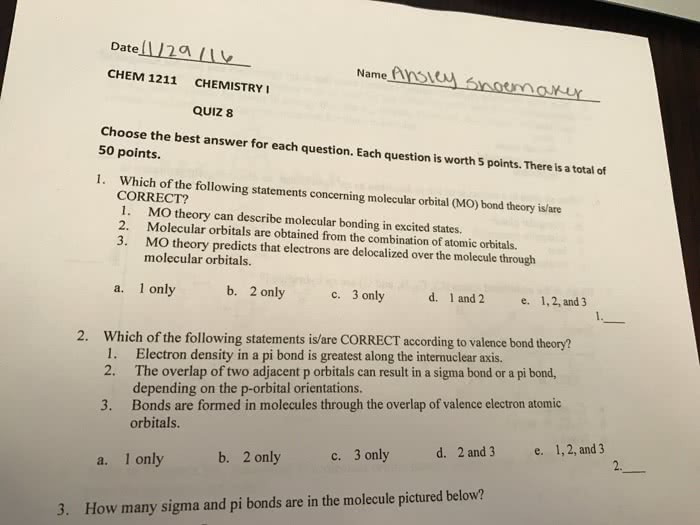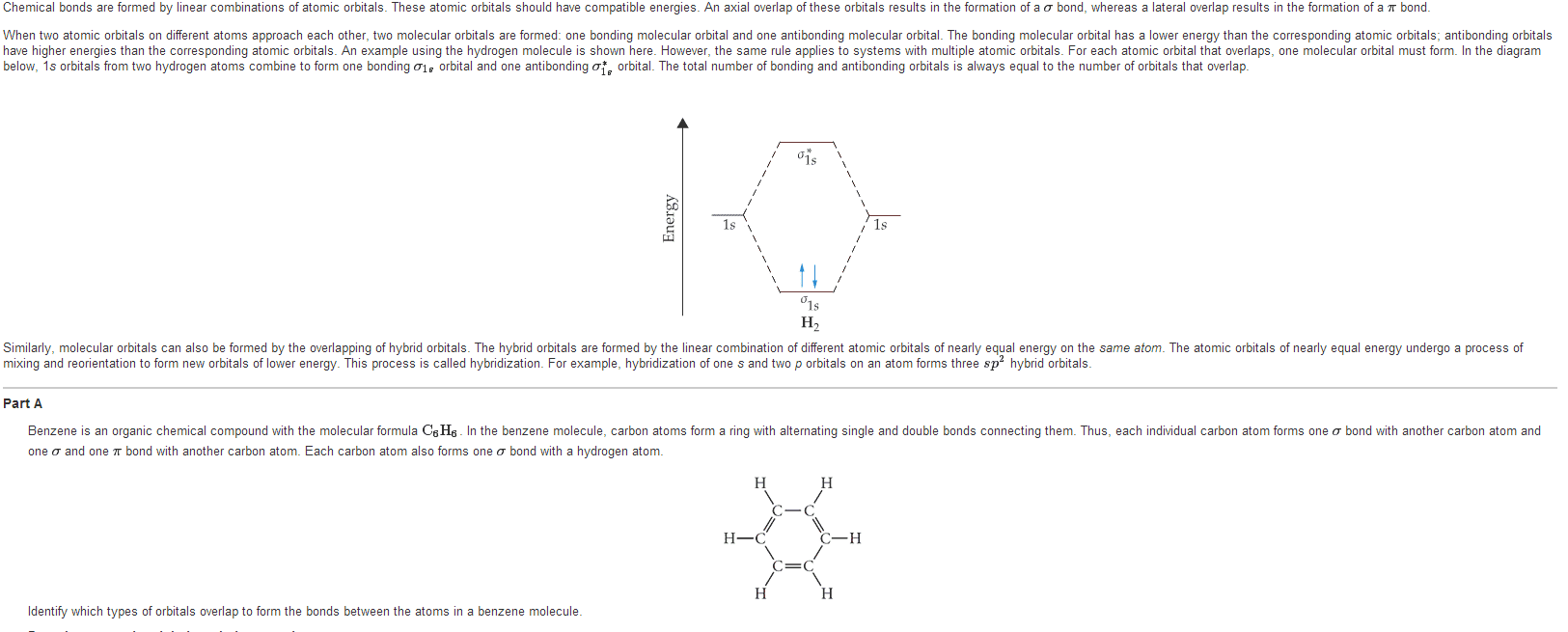CHEM261 Lecture 2: Lesson 2.pdf

1
CHEM261 Full Course Notes
Verified Note
1 document
Document Summary
Description of covalent bonds: valence bond theory. Lecture notes 2: covalent bonds result from two atoms coming close enough that their atomic orbitals overlap, requires that each atomic orbital is singly occupied (only one electron in each). Antibonding molecular orbitals are of higher energy than the atomic orbitals from which they come. Lecture notes 2: placing electrons into molecular orbitals follows the same rules as in the case of atomic orbitals (hund"s rule etc), figure below illustrates these points for h2. Mathematical construct: the 2s and 2p orbitals on carbon can be combined and reapportioned to provide four equivalent hybrid orbitals. These orbitals are called sp3 orbitals because they are formed from one s and three p orbitals. All hybrid orbitals are intermediate in energy between the s and p orbitals from which they are derived. 1s ! : the net result is that there are now four equivalent sp3 orbitals, each containing one electron.



